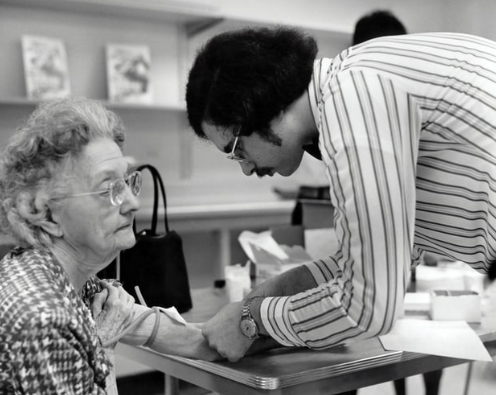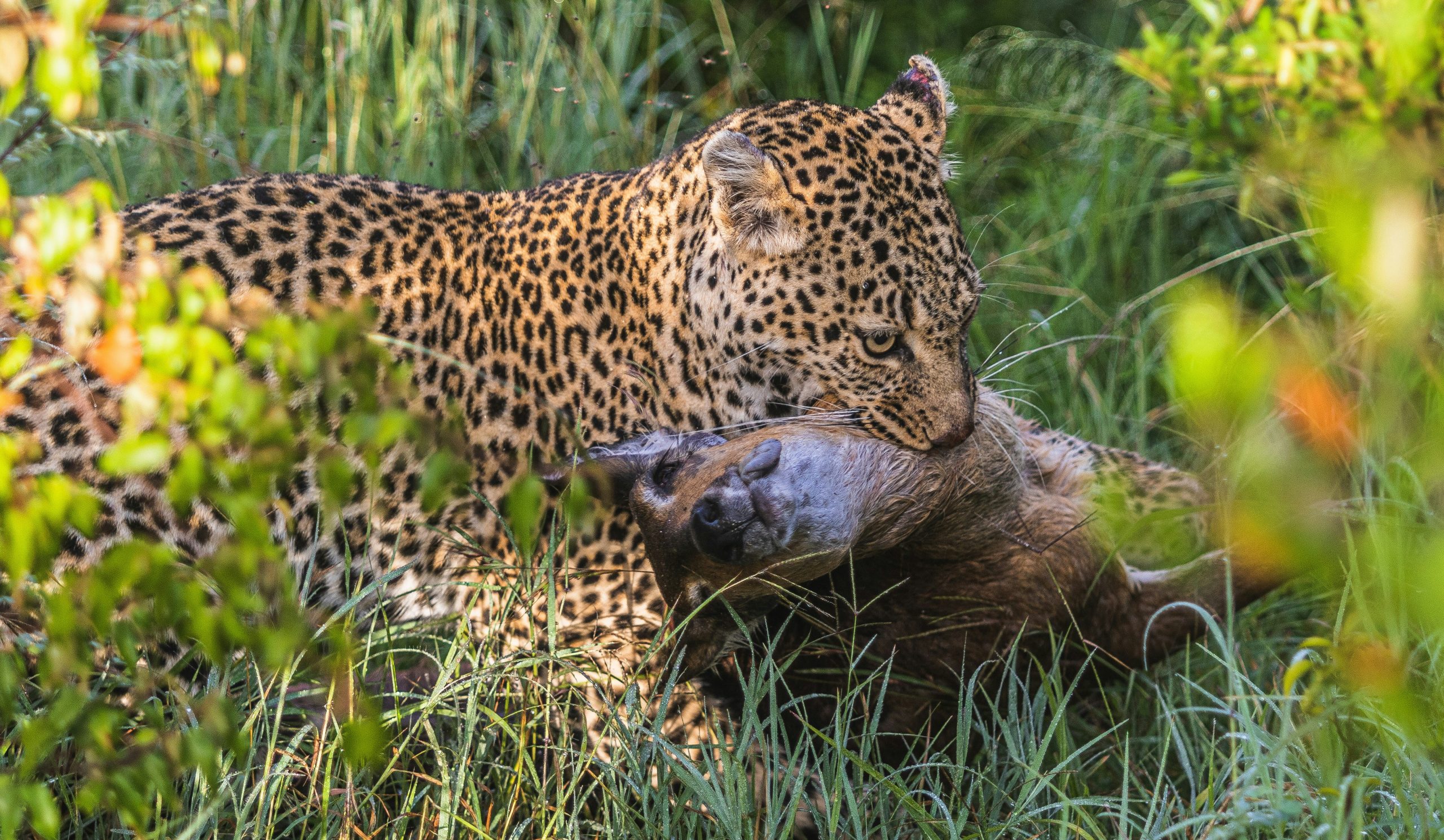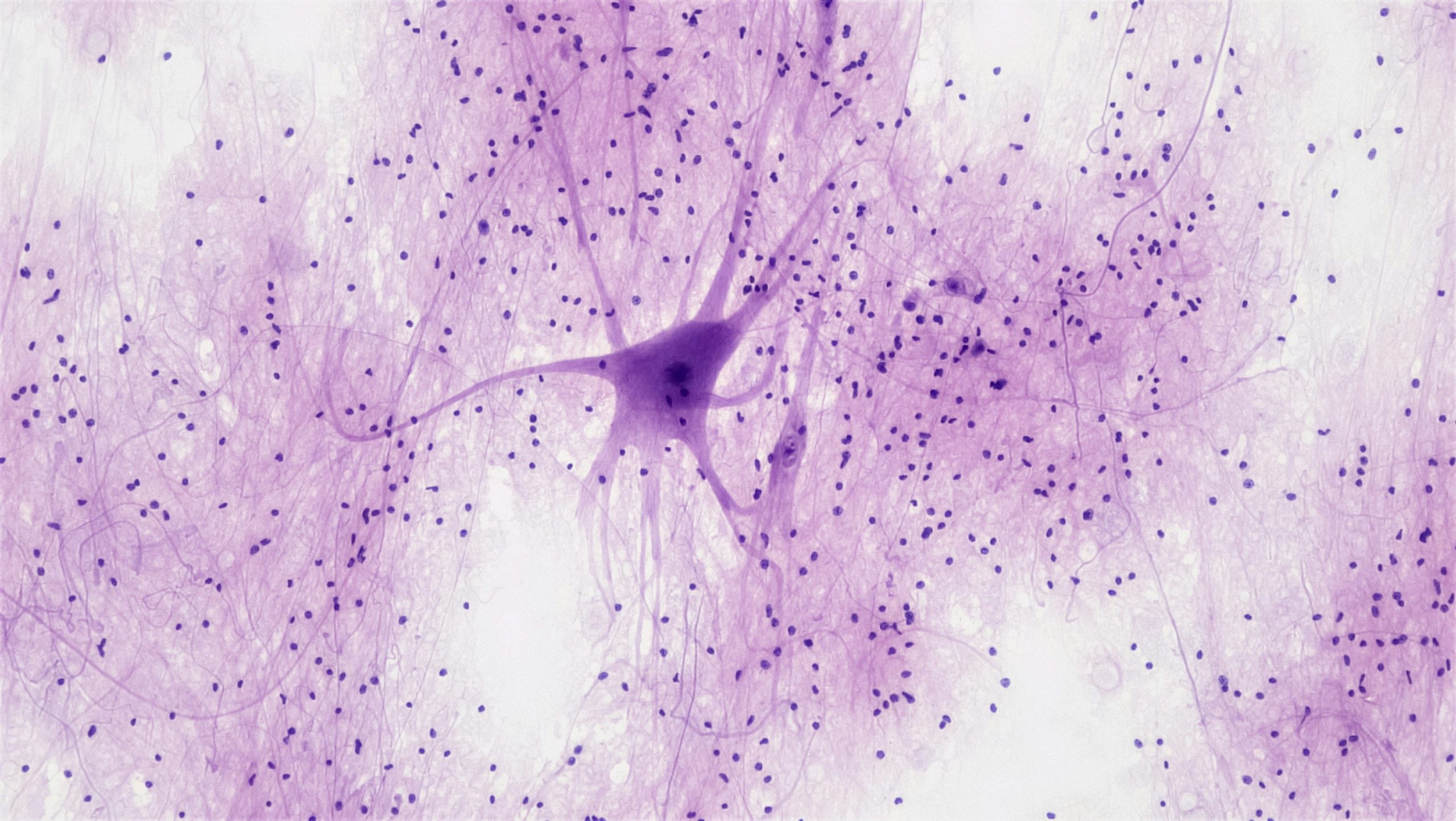Isabella Kwiecinski, Year 13, Lady Margaret School, London
Nobody looks forwards to getting them. They leave our arms painful and aching, they make babies wail and adults faint. The vaccine. For many of us that dreaded word will not conjure up feelings of joy or excitement, instead, the image of a sharp needle and feelings of dread might spring to mind. Hopefully, by the time you have finished reading this piece, instead of viewing a vaccine as painful and equally as terrifying, you will appreciate them for the protection they offer us every day.
We often credit Edward Jenner with the invention of vaccines, however, immunisation had been practised long before his time. In ancient China, a process known as variolation was developed, where people were injected with the pus from a smallpox pock. This led to them developing a mild case of the disease and going on to have life-long immunity. Although, it doesn’t sound like the most appealing of processes! Jenner made his breakthrough when he had been working in the countryside and noted that dairymaids, who had been exposed to cowpox, didn’t contract smallpox. He began researching whether inoculation with a small dose of cowpox, which only caused mild symptoms in humans, would provide immunity from smallpox. Although at first people were sceptical about his discovery, after a particularly devastating outbreak of smallpox in the 1800s the Vaccination Act was introduced. This made it compulsory and free to be vaccinated against smallpox. The vaccine meant that smallpox was eventually eradicated.
So, how do vaccines work? And why do we not get sick after having one? Well, unlike in ancient China, a modern-day vaccine does not consist of a live or harmful strain of the virus. There are three main ways in which a vaccine can be produced, the virus will either be weakened so that it cannot reproduce, inactivated making it essentially dead, or the proteins on the virus which alert our immune system – the antigens – can be isolated. These processes leave the virus too weak to cause us any significant harm and so we don’t get sick ourselves. Whichever method is chosen, the resulting vaccine is injected into our bloodstream. This causes the immune system to burst into action, the white blood cells begin working to find a complementary protein – an antibody – for the virus’s antigen. This will be able to bind to the antigen and will neutralise its harmful effects. Once the white blood cells have found this protein they will form memory cells. Memory cells remain in our bloodstream for long periods so that if we are exposed to the same disease again we can remove the pathogen from our bloodstream before we show symptoms, this is why the majority of us will only get chickenpox once.
Although the first vaccine was developed over two centuries ago, we still have a lot to learn. Many of the most common and threatening infectious diseases such as Malaria and HIV, still cannot be vaccinated against. In 2020, in particular, there has been a rush to develop a vaccine against Covid-19. So why do some vaccines take so long to develop? The Malaria vaccine has been in development for over 50 years, and research has been carried out into finding an HIV vaccine since it was identified in 1984. However, these two diseases have particularly sneaky pathogens which make developing a vaccine tricky. The malarial plasmodium ‘hides’ within red blood cells where it is masked from the immune system, on top of this it has a very complex lifecycle. The HIV virus affects cells of the immune system, the very cells which a vaccine would attempt to stimulate.
I hope that by now you have begun to see all the good that a vaccine offers us. With smallpox having been eradicated and under 500 cases of polio being reported annually, they have resulted in huge decreases in cases of infectious diseases which used to claim thousands of lives annually. Although they are painful and a bit frightening, even to the oldest of us, vaccines act as our shield against infectious diseases and allow us to live our lives as we do today.
Runner-up for the Schools Science Writing Competition, Trinity Term, 2020





